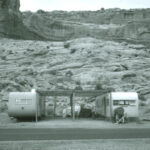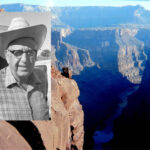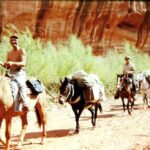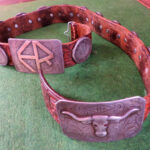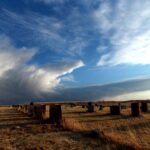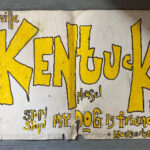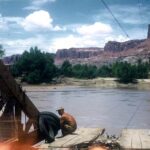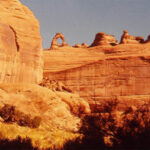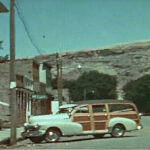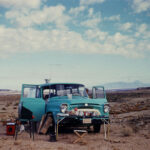
While the Nielsens regarded Glen Canyon as the true heart of the Colorado Plateau, they also knew their “own little piece of Heaven,” was surrounded by some of the most stunning, almost surreal landscape that surrounded them for hundreds of miles. And at the time, canyon country of Southeast Utah was one of he most remote, seldom visited parts of the continental United States. It was truly the proverbial “blank spot on the map.”
Decades later, as Industrial Strength Tourism became the area’s driving industry and as environmentalists and the powerful recreation lobby pushed hard to eliminate other economic options, Tourism and the “Amenities Economy” became king. What oil and gas exploitation and uranium mining and overgrazing couldn’t accomplish, Industrial Tourism, in almost every small economically struggling community in the West beat them all —The Rural West is rapidly is experiencing the Disneyfication of half the country

